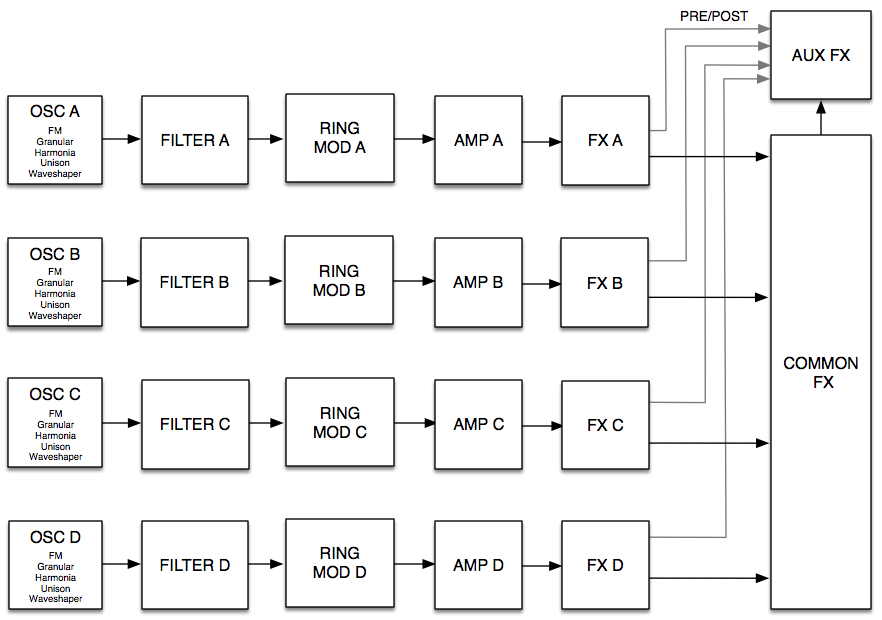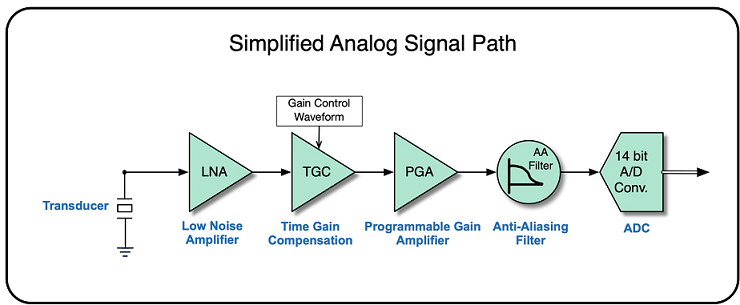

This type of signal routing is essential whenever we have multiple tracks that need to be processed together. You could even argue that this type of signal flow is the essence of what mixing is, because it’s all about mixing multiple tracks together at a single destination point.

The uses of this type of signal routing can be harder to appreciate for those who are new to it, but suffice it to say, it’s a huge part of mixing. We’re joining paths, not splitting them, and the fader controls how much signal is flowing through to its destination. In these scenarios, there is no pre/post-fader option because we’re routing the main output of the source tracks to the group buss.

Where the aux buss is like a fork in the signal path, bussing tracks in this way is somewhat the opposite - merging multiple tracks into a single destination. The other main way we direct signal in a mix session is via group busses, also known as submixes. Aux sends are used primarily for effects processing, whenever we want the ability to do something to the effects track that we don’t also want to do to the dry tracks that are feeding it.
#Signal path definition full
Generally, you’ll be able to choose whether your signal is sent post-fader (meaning the main fader setting on the source track will affect the amount of signal that reaches the aux) or pre-fader (where the full amount of signal will reach the aux send regardless of the fader setting on the dry track). With this kind of aux routing comes a few options for just how that source signal will flow down its parallel path. It’s like a fork in the road, except the signal travels down both paths simultaneously. When you use an aux send, you are effectively splitting signal down two paths - the original straight line from the audio track to the mix buss, and a second (auxiliary) path that you’ve just made.
#Signal path definition how to
The other involves routing multiple tracks to be grouped and processed together in a submix.Įven if you’re new to the concept of signal flow, you have probably at least heard of using aux sends for effects in a mix, and you may even have a pretty solid grasp on how to use this kind of signal routing. One involves splitting tracks down a parallel path (the aux send) where effects processing can be controlled separately from the dry source track. In practical terms, there are basically two categories of ways to direct signal in digital music production. And the choices we make around signal flow can have a huge impact on the sort of options we have for shaping sounds during mixing. Though there’s nothing inherently all that complicated about signal flow, there are a whole lot of interesting twists and turns we can send that audio signal through on its path to becoming a stereo mix. The output is your monitors and ultimately the stereo bounce of your mix. In a mix session, the “source” refers to the audio/virtual instrument tracks that make up your production. The term “signal flow” describes the path audio takes from its source to the output. Maybe you’re great at hitting shot after shot from way across the court, but it’s hard to think you couldn’t stand to improve your game by picking up that very basic skill. But on another level, producing music without understanding signal flow is kind of like being a basketball player who can’t dribble. It is most certainly possible to make it through a mix without routing the output of any track anywhere besides right to your mix buss. Something that comes up pretty often in conversations I have (with members and with students & friends looking for help with their home recordings) is a lack of understanding of basic principles of signal flow.


 0 kommentar(er)
0 kommentar(er)
